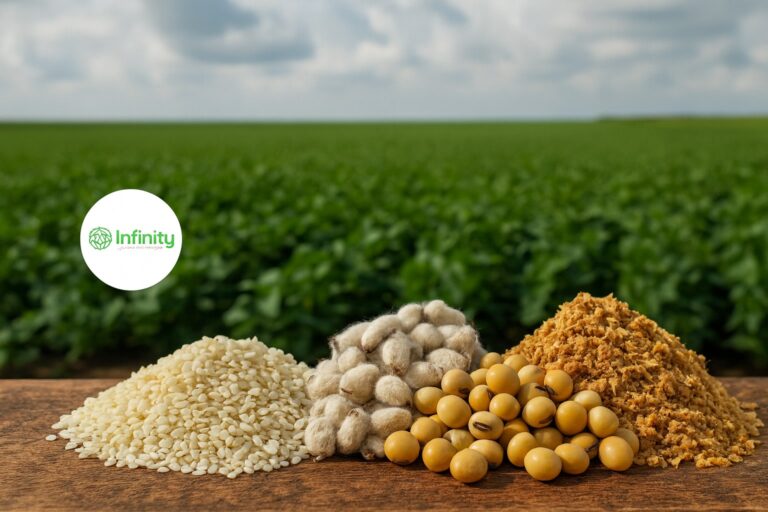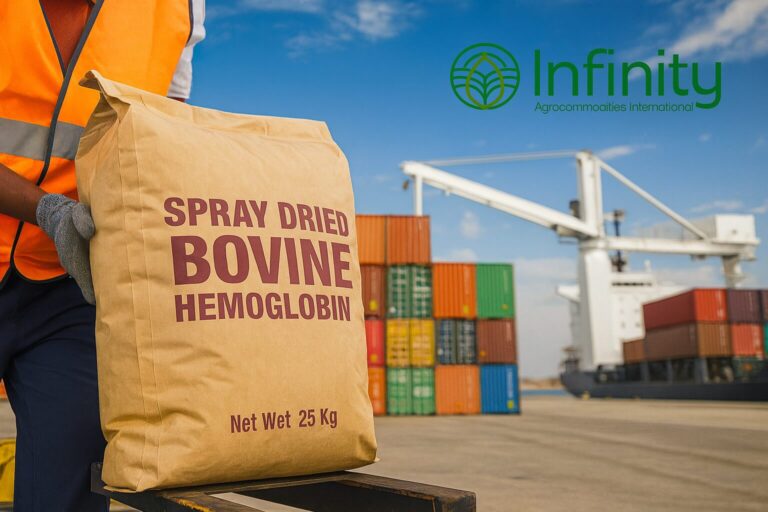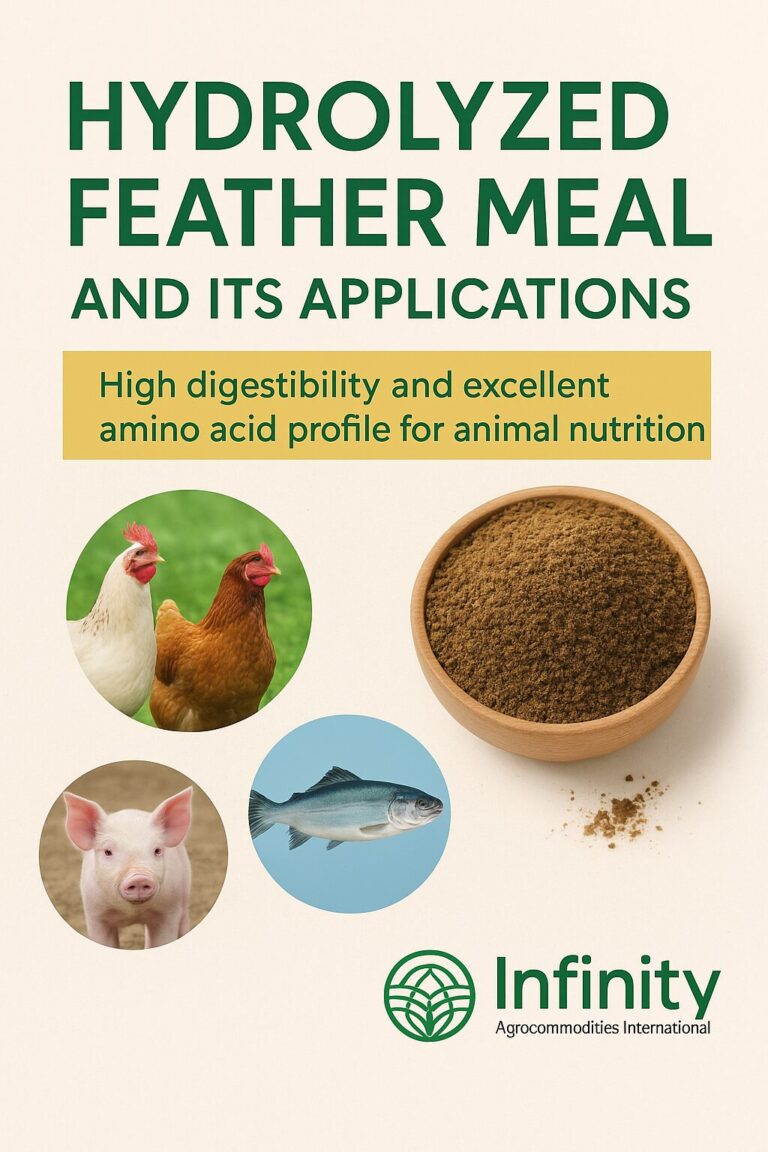The Maryland meeting of the United Soybean Board highlights infrastructure and new soybean uses.
Firefighting foam, expanding high-oleic maturity groups and aviation fuel.
These are some of the initiatives the 77-member United Soybean Board threw its support behind at a recent meeting in Baltimore.
More than $173 million for soybean research, promotion and educational investments were approved by the board, which runs the national soy checkoff. Soybean farmers fund the board through individual contributions of 0.5% of the market price per bushel sold each season. All 77 members are soybean farmers appointed by the secretary of agriculture.
Steve Reinhard — chairman of the board who farms more than 1,300 acres of corn, soybeans and wheat in Crawford County, Ohio — says the investments include monies for export promotion, new uses for soybeans and more.
“These are two big drivers we see that will have a big return on investment,” he says, adding that Africa could be a growing export market in the future.
New uses the board helped fund include a new firefighting foam made of soy, Cross Plains Solutions’ SoyFoam, which the company claims is 100% free of PFAS (forever chemicals). It has been certified biodegradable by the Organization of Economic Cooperation and Development, and 84% biobased through USDA’s BioPreferred Program.
Other projects include studying high-oleic soybeans in dairy rations, and a partnership with Kansas State University looking at the effects of feeding soy meal to younger pigs.
The board also invested in expanded maturities of high-oleic soybeans, which would enable it to be grown from the Dakotas to the South.
Reinhard came on last December for a one-year term as board chairman, about the same time as the board’s new CEO, Lucas Lentsch, came on.
“I think he’s done a really good job trying to get in there and making sure we have everything in place that needs to be in place for an organization our size. I think the big thing he stresses is transparency,” Reinhard says. “Lucas came in with that transparency and wants to be accountable and transparent with the board. And we want to work on efficiency and be efficient in using those farmer checkoff dollars.”
Focus on infrastructure
The meeting was held just a few miles from the site of the March 26 collapse of the Francis Scott Key Bridge that brought shipping out of the Port of Baltimore to a halt. The port only reopened in early June. It is the largest U.S. port for handling farm and construction machinery.
Soybeans are one of the top ag commodities shipped out of Baltimore, but small compared to larger ports on the mouth of the Mississippi River.
Travis Hutchison, a farmer from Cordova, Md., says the bridge collapse was a big point of conversation for board members. “The board really learned about shipping beans and structures, and just how critical something like that impacts infrastructure,” he says.
Hutchison farms 3,400 acres with his father, two uncles and a cousin. The bridge collapse didn’t affect his farm much, he says, but it did affect fertilizer supplies because several fertilizer companies have operations at the port.
Hutchison brought members of the board to his farm for a tour, showcasing its conservation practices and how soybeans are grown on the Eastern Shore. This is Hutchison’s second year on the board. He sits on the innovation and technology committee, which has been looking at promoting faster soybean breeding to get new products to market sooner and investing in more expanded maturities of high-oleic beans.
Hutchison says he’s been growing high-oleic beans since 2013, and two-thirds of his soybeans are high-oleic. “That has been very beneficial for my farms and the premiums have certainly helped,” he says.
Hope for Northeast growth
Andy Fabin, who farms 3,000 acres of corn, soybeans and wheat in Indiana County, Pa., is in his ninth and final year on the board, and he is on a committee looking at infrastructure and connectivity.
Increasing demand for biofuels could benefit Pennsylvania producers, he says, because local producers’ soybeans would be in higher demand for soymeal, which goes to feed animals.
“There’s a lot of room of growth here in Pennsylvania, but also all over the country, the demand is increasing quickly for oil,” Fabin says. “There will be increased demand for exports as other economies grow and start to prosper. So the soybean is a great way to get that protein around the world, not only to feed animals, but also humans as well.”
Jason Swede, who grows 4,500 acres of corn, soybeans and wheat in Pavilion, N.Y., says he’s excited about the industry’s role in the sustainable aviation fuel market, a potentially $27 billion market.
New York state has not historically been a big soybean area, but it has grown to the point that USDA wants to add an additional USB board member from New York next year. The adjustment, according to USDA, reflects a shift in soybean production levels since the last board reapportionment in 2021.
Swede, in his second year on the board, replaced Ralph Lott, who previously served as USB board chairman. His farm grew very few soybeans until 15 years ago, when most of his vegetable acres were shifted to beans. Most of his soybeans go for exports or to local crushing facilities.
“With all the things we can do with the soybeans right now, I think it’s a huge outlet. There’s some real opportunity for us,” he says.
Source: https://www.farmprogress.com/soybean/northeast-growers-bullish-for-beans





